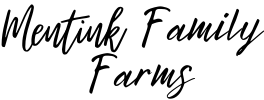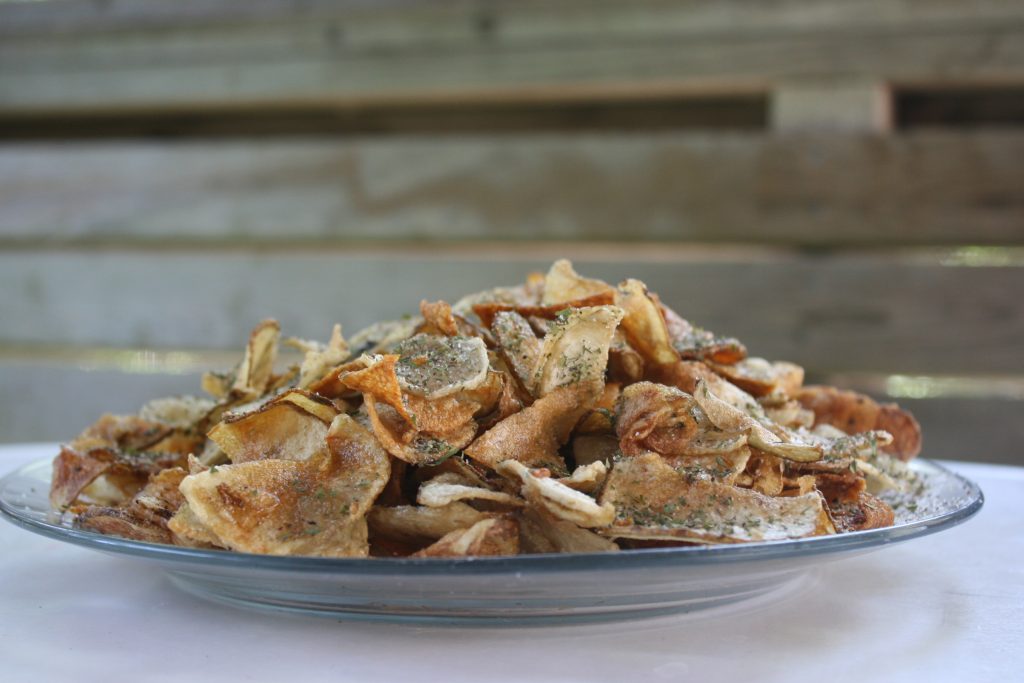I never thought I would render lard, let alone cook with it. After learning that it’s high in vitamin D, highly digestible, and shelf-stable (meaning it doesn’t go rancid like vegetable oils) I was all in. Now that I have done it several times, I have found it to be very easy to accomplish. Rendering lard simply means heating the fat until most of the moisture is boiled off. You can cut the meat into small pieces or run it through a grinder to start. We have tried both and like the convenience of ground fat. Our lard that we sell in freezer safe, clear packages has been ground by the processor.
To render it, I simply put it in a pot on the stove and turn it onto low to medium depending on the size of my burner. I always plan to do this while I’m working on something else in the kitchen, so I can keep an eye on it and stir it occasionally. I have read that you can do it in a crock pot as well, but I haven’t tried that. The oven would work too, but I’m scared of the mess! When enough of the moisture is gone from the meat the temperature will be at 255 degrees F. When the solid matter (or cracklings) are brown and start to sink, the lard is ready.
Quality is essential since most toxins are stored in fat and animals eating plants and soaking up the sun will have more vitamins stored in the fat . Commercial lard will have BHT added to preserve it, which is another great reason to make your own. I have never had trouble with it storing for long periods of time. We do store our lard in the refrigerator, but some say it can be stored in a cool dark place. The cracklings are edible and considered a delicacy in the south. Please feel free to contact us with any questions. Thanks!

